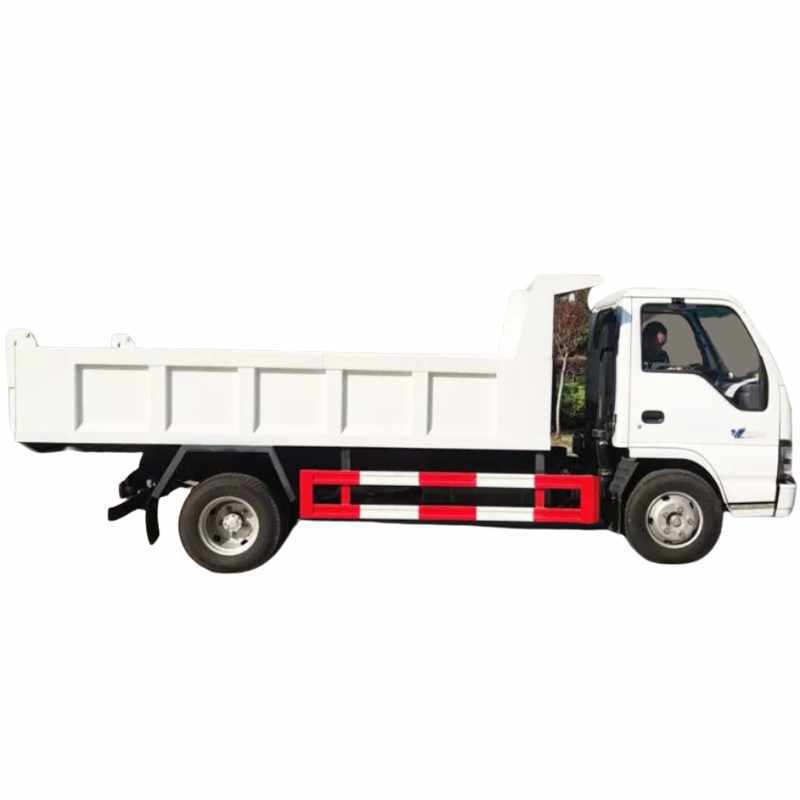

Dump trucks are an indispensable component of the construction industry, facilitating the transportation of loose material such as sand, gravel, or demolition waste to and from job sites. These powerful machines have evolved significantly over the years, becoming more efficient and environmentally friendly.


Several types of dump trucks serve various purposes within the construction sector. Here’s a quick overview:
Construction dump trucks offer numerous advantages that contribute to the success of projects:
The ability to haul large amounts of material in a single trip significantly speeds up the construction process.
With various types available, dump trucks can be adapted to different site requirements and conditions.
Efficient material transport reduces labor and equipment costs, making dump trucks an economical choice.
Despite their advantages, dump trucks come with their own set of challenges:
Improper loading can lead to uneven weight distribution, affecting the truck’s stability and safety.
Dust and debris from the truck can impact air quality and the surrounding environment.
Regular maintenance is crucial to ensure the truck operates efficiently and safely.
The construction industry is witnessing several trends that are shaping the future of dump trucks:
As the world moves towards greener technologies, electric dump trucks are gaining traction.
New dump trucks are equipped with advanced safety features like collision avoidance systems and stability controls.
Telematics technology allows for real-time tracking and analysis of truck performance, optimizing fleet management.
Choosing the right type of dump truck depends on the specific needs of your project. Here’s a quick comparison:
| Truck Type | Best For |
|---|---|
| Standard Dump Truck | General construction tasks |
| Articulated Dump Truck | Rugged terrain and steep grades |
| Side Dump Truck | Narrow job sites and precise material placement |
| Transfer Dump Truck | Long-distance material transport |
As the construction industry continues to evolve, dump trucks remain a cornerstone of success. By understanding the different types, advantages, and trends, construction professionals can make informed decisions to enhance their operations and contribute to sustainable development.